COCA-COLA BOTTLE CAPS (2018-) by Crown Mint
One of the most iconic brands in history, Coca-Cola, or Coke, is a simple carbonated soft drink invented in the late 19th century. Named after kola nuts and coca leaves, a couple of the original ingredients, Coca-Cola was bought from its inventor John Pemberton, by Asa Griggs Candler, who, through some impressive marketing, turned it into a world dominating product.
In 2015, Coca-Cola was said to be the world’s third-most valuable brand, behind Apple and Google, and in 2013 their products were served up in over 200 countries worldwide to the tune of 1.8 billion servings per day. They now produce a wide range of variants of their base product and have a long-standing rival in Pepsi-Cola, a competition that Coca-Cola have been winning for years.
One of the most iconic items in Coke history has been their ultra-famous glass bottle. Called the “contour bottle”, it was created by bottle designer Earl R. Dean and was patented in November 1915. Said to be inspired by a picture of the gourd-shaped cocoa pod in the Encyclopædia Britannica, it was revised in 1923 and has become the most famous bottle design of all time. It is topped with a metal cap that has inspired a new coin.
Debuting in 2018, the bottle cap coin actually originated a year earlier, when CIT debuted a coin celebrating the 1516 enabling of the Bavarian Purity Law. The Coke coins are bigger than that one, but the concept is identical. However, where CIT just issued a one-off coin, the Crown Mint has introduced a whole new, and ongoing range centred around the brand, first in coloured silver, then in gold.
After a particularly neat vending machine style set, the mint has gone full in with a global look at the brand in different countries around the world. A terrific idea, you can clearly see how national language has been incorporated without affecting the sheer recognisability of the log. That series topped out at ten issues, and for 2021, they’ve started a 12 gram gold series that has the same designs.
TABLE OF CONTENTS
- COCA-COLA BOTTLE CAPS (2018-) by Crown Mint
- 2018 COCA-COLA BOTTLE CAP
- 2018 COCA-COLA GOLD CAP
- 2020 VENDING MACHINE SET
- 2020 WORLD EDITION 01: CHINA
- 2020 WORLD EDITION 02: ISRAEL
- 2020 WORLD EDITION 03: KOREA
- 2020 WORLD EDITION 04: RUSSIA
- 2020 WORLD EDITION 05: JAPAN
- 2020 WORLD EDITION 06: EGYPT
- 2020 WORLD EDITION 07: TAIWAN
- 2020 WORLD EDITION 08: THAILAND
- 2020 WORLD EDITION 09: SRI LANKA
- 2020 WORLD EDITION 10: BANGLADESH
- COMMON OBVERSE
- PACKAGING
- SPECIFICATION
The original release from 2018, this was offered with an open mintage and a $29.95 USD selling price. Hugely popular on release, it’s easy to see why the series took off. There’s little different here to what followed with the World Edition, even down to the packaging, so it looks like they hit the right formula first time out.
This one differs from the silver coins by completely eschewing any colour application. It has the Coca-Cola logo on the reverse face, but is cleanly struck. Two variants were offered, a 12 gram coin with a 1,000 mintage and a $25 denomination, and a larger, rarer 1 oz variant sporting a 250 mintage and a $50 denomination. These are, to date, the only gold offerings in this series.
The first special after the debut round of releases, the vending machine set is a cool look at the wider range of iconic brands owned by the Coca-Cola Corporation. It’s the same specification as the other silver variants, but there are four of them, and all wrapped up in some quite superb packaging. A sell-out, and you can see why.
Coca-Cola was the first foreign corporation allowed into China with the normalising of relations in 1978. Long despised by the Chinese Communist Party for its association with American imperialism – they even coined the term ‘Coca Colonisation’ – the drink is now everywhere in the country. Coca-Cola were even a primary sponsor of the 2008 Beijing Olympic Games. After the USA and Mexico, it is the largest market for the beverage in the world.
Coca-Cola is bottled in Israel, including in Gaza, much like it is elsewhere in the world. It remains very popular there, although the rivalry with Pepsi remains intense. It was only introduced in 1991.
To say that Coca-Cola outsells Pepsi in Korea is something of an understatement. In 2019, the former had almost 55% of South Koreans calling it their cola of choice. Pepsi, just 5%. Ironically, North Korea is one of only two countries where Coca-Cola is not officially sold.
It was Pepsi that captured the market in the Soviet Union, but when the Iron Curtain fell, the newly formed Russian Federation turned to Coca-Cola because it became associated with the new system, and Pepsi with the old. It remains more popular today.
Japan is a crazy market for Coca-Cola, with the locals enjoying a huge range of new and unusual variants to drink. Sometimes, over 100 new products are introduced in a single year. Launching in 1957, they now have a third of the Japanese market.
The drink is hugely popular in Egypt and is bottled there in multiple modern plants, including the largest one in the Middle East. It seems a strange association, but Coca-Cola is purchased in huge quantities around the region, especially in Saudi Arabia and Palestine. The competition with arch-rival PepsiCo is intense.
Like Japan, Taiwan sees a lot of local customisation, with art-adorned packaging and unusual flavours. There’s even a Coca-Cola museum in Tao yuan City. They have intense competition in Taiwan, not just from Pepsi, but from local brand Master Kong.
Coca-Cola used to drag behind Pepsi in Thailand, but when Pepsi tried, and failed, to buy out their distributor, that distributor launched their own brand called Est. Now Pepsi languishes in third spot, but Coke just holds on to the top spot.
A tough market with local competition and Pepsi to deal with, Coca-Cola thrives regardless.
Not the first place you think of when Coca-Cola springs to mind, Bangladesh has its own bottling plant and is very popular there. It’s big enough that it actually contributes 0.11% of Bangladesh GDP, and employs either directly, or indirectly, 0.03% of the working population.
Issued for Fiji, these coins all have a common obverse. Like most Fijian coins of the last few years, these carry the national coat of arms, rather than the effigy of Queen Elizabeth II that usually adorned them Also appearing in 2020, was a special version of the China variant, carrying the exact same reverse face design, but incorporating a bottle privy mark on the obverse. These were only available in Hong Kong and Macau.
Each coin comes in a custom capsule and is then presented in a tin that carries the same artwork design as the coin on its lid. A circular Certificate of Authenticity is enclosed, complete with a serial number and again, the coin artwork on it.
Everything is packaged up in a themed shipper box, which is also customised for every release. It’s a nicely put together package, especially for the low issue price.
SPECIFICATION
| COCA-COLA BOTTLE CAPS |
|||
| DENOMINATION | $1 (Fiji) | $25 (Fiji) | $50 (Fiji) |
| COMPOSITION | 0.999 silver | 0.999 gold | 0.999 gold |
| WEIGHT | 6.0 grams | 12.0 grams | 31.1 grams |
| DIMENSIONS | 32.6 mm | 26.5 mm | 41.0 mm |
| FINISH | Prooflike | Proof | Proof |
| MODIFICATIONS | Shaped, coloured | Shaped | Shaped |
| MINTAGE | Various | 1,000 | 250 |
| BOX / C.O.A. | Yes / Yes | Yes / Yes | Yes / Yes |


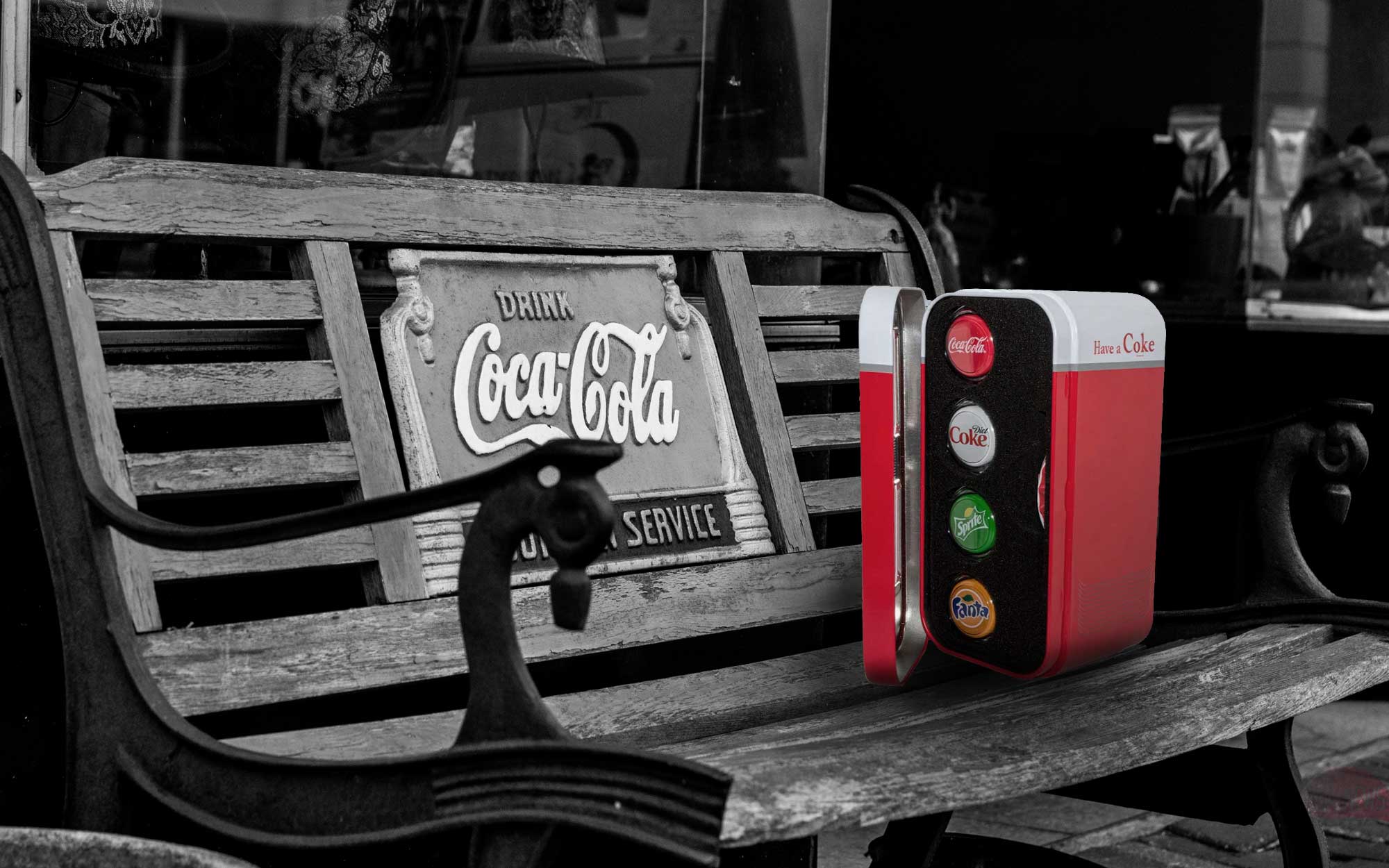
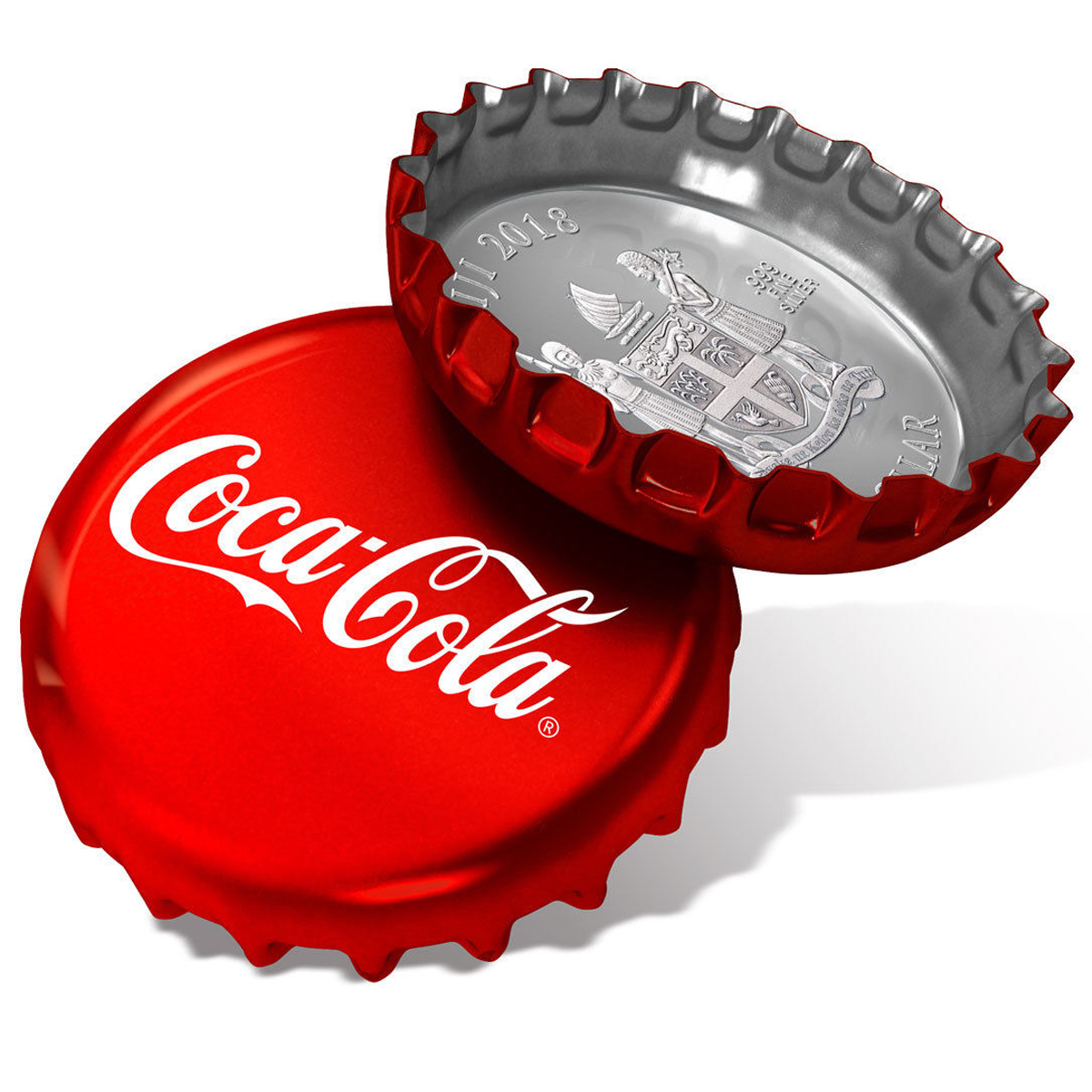
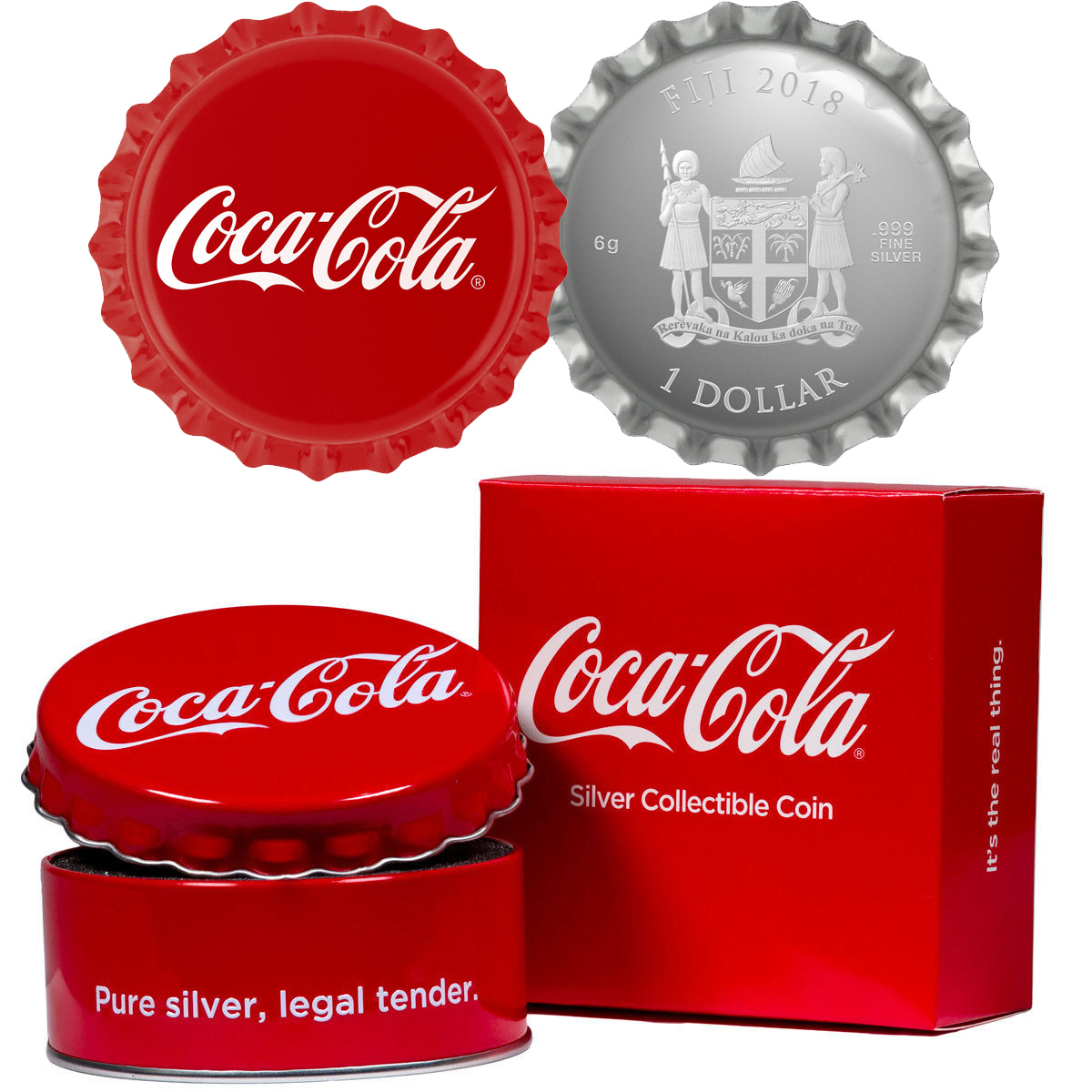
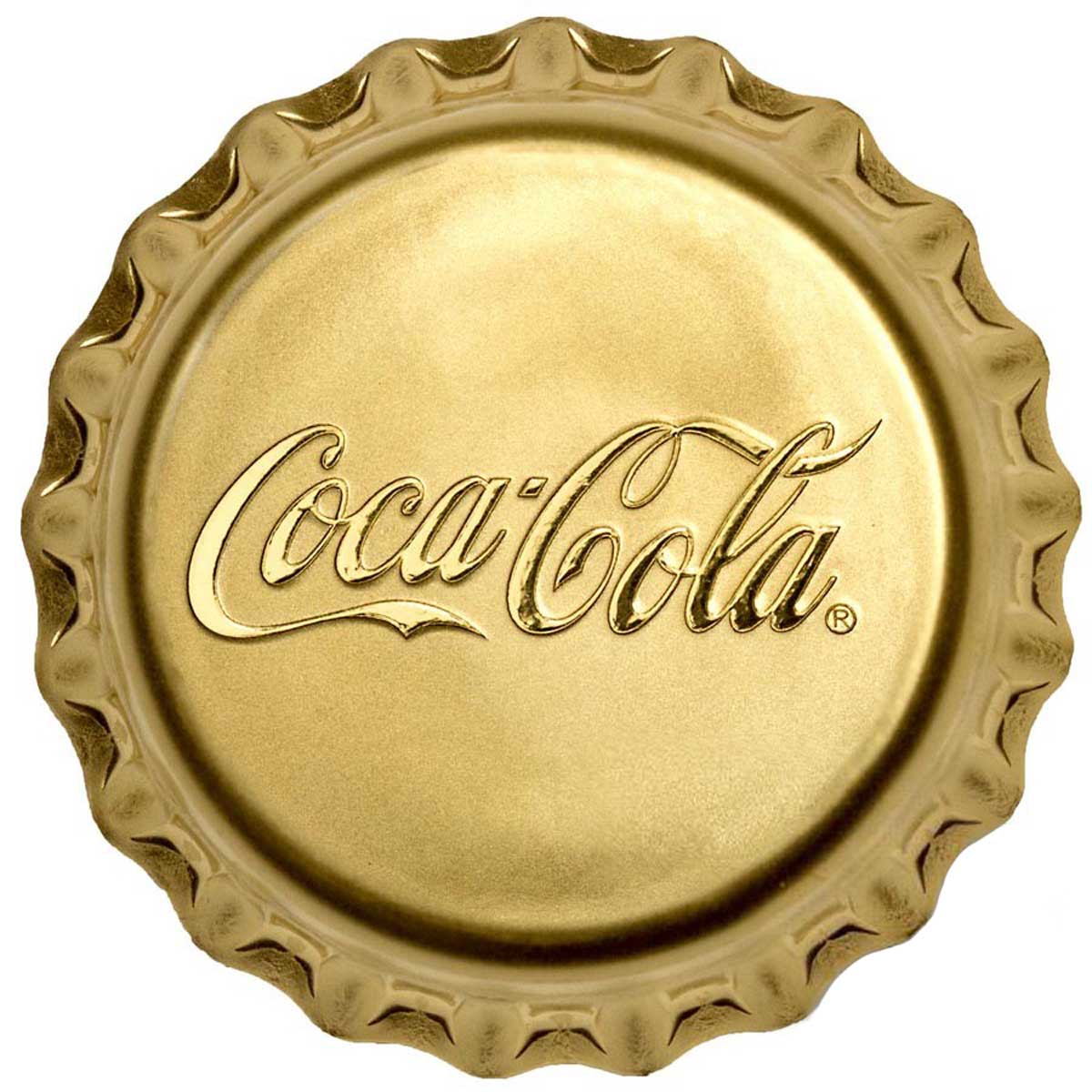


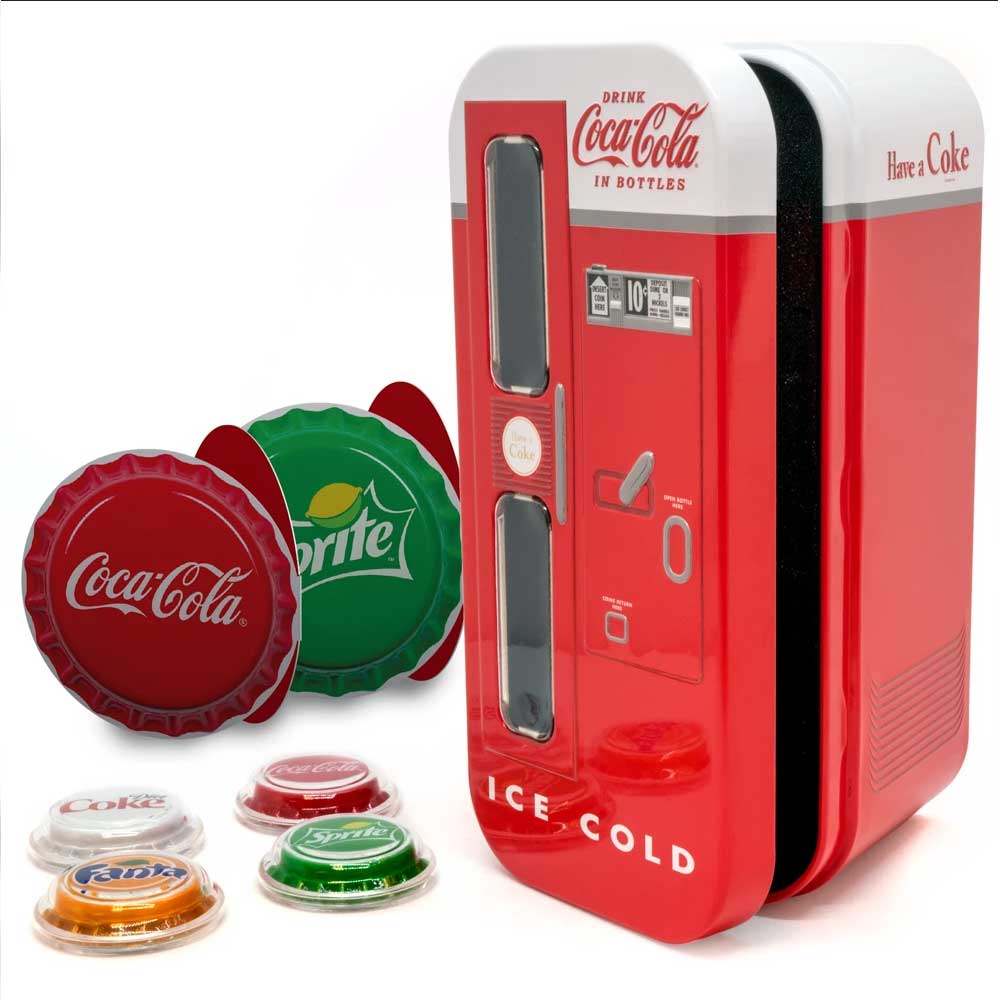

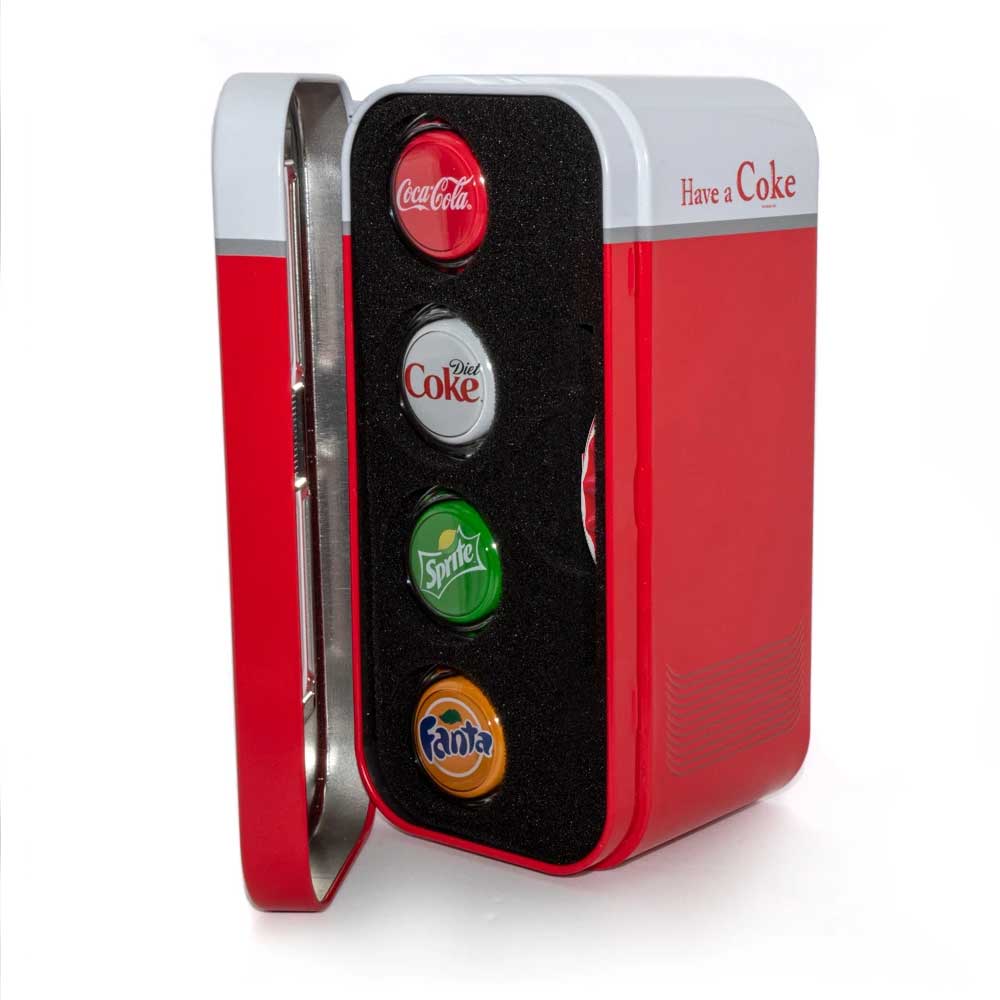





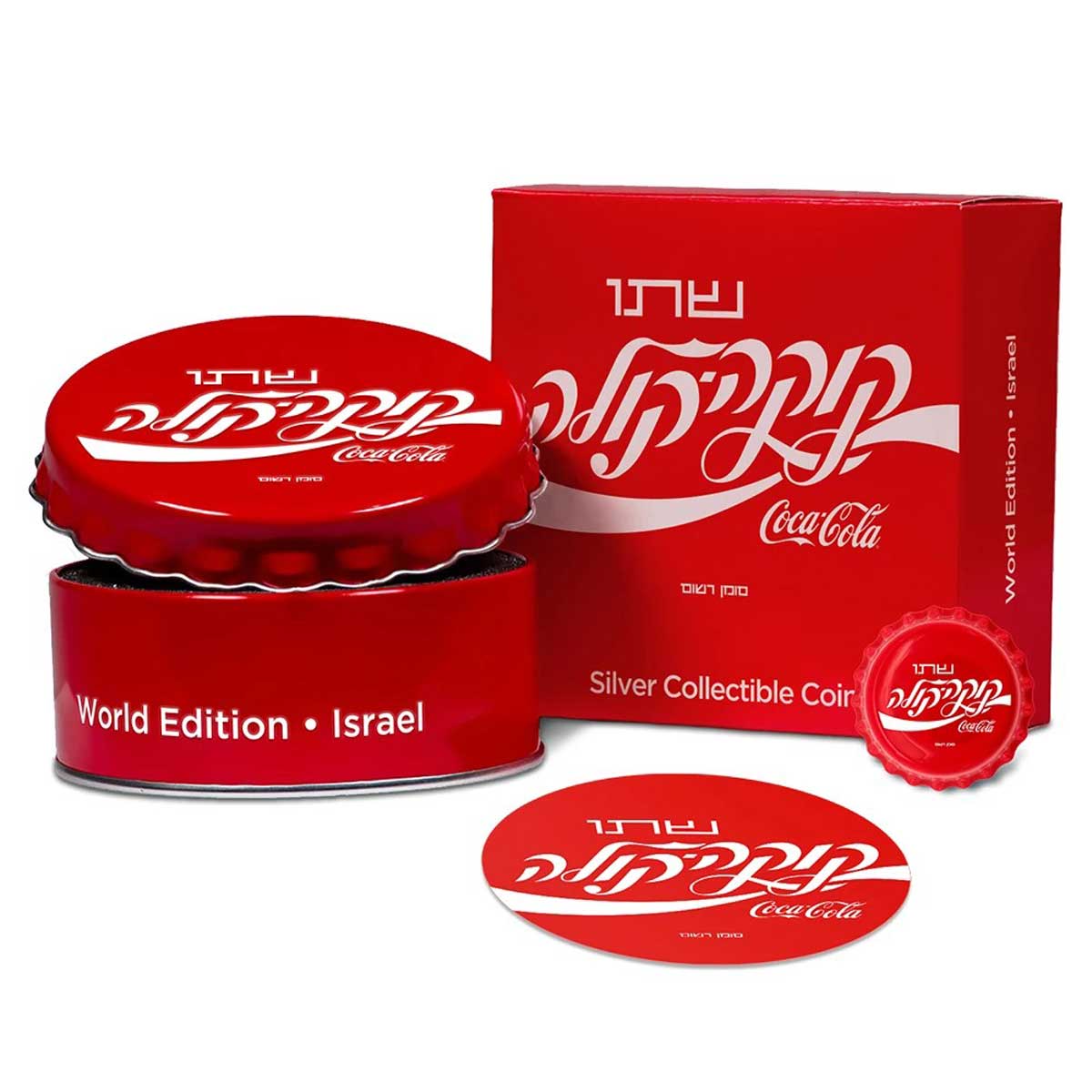
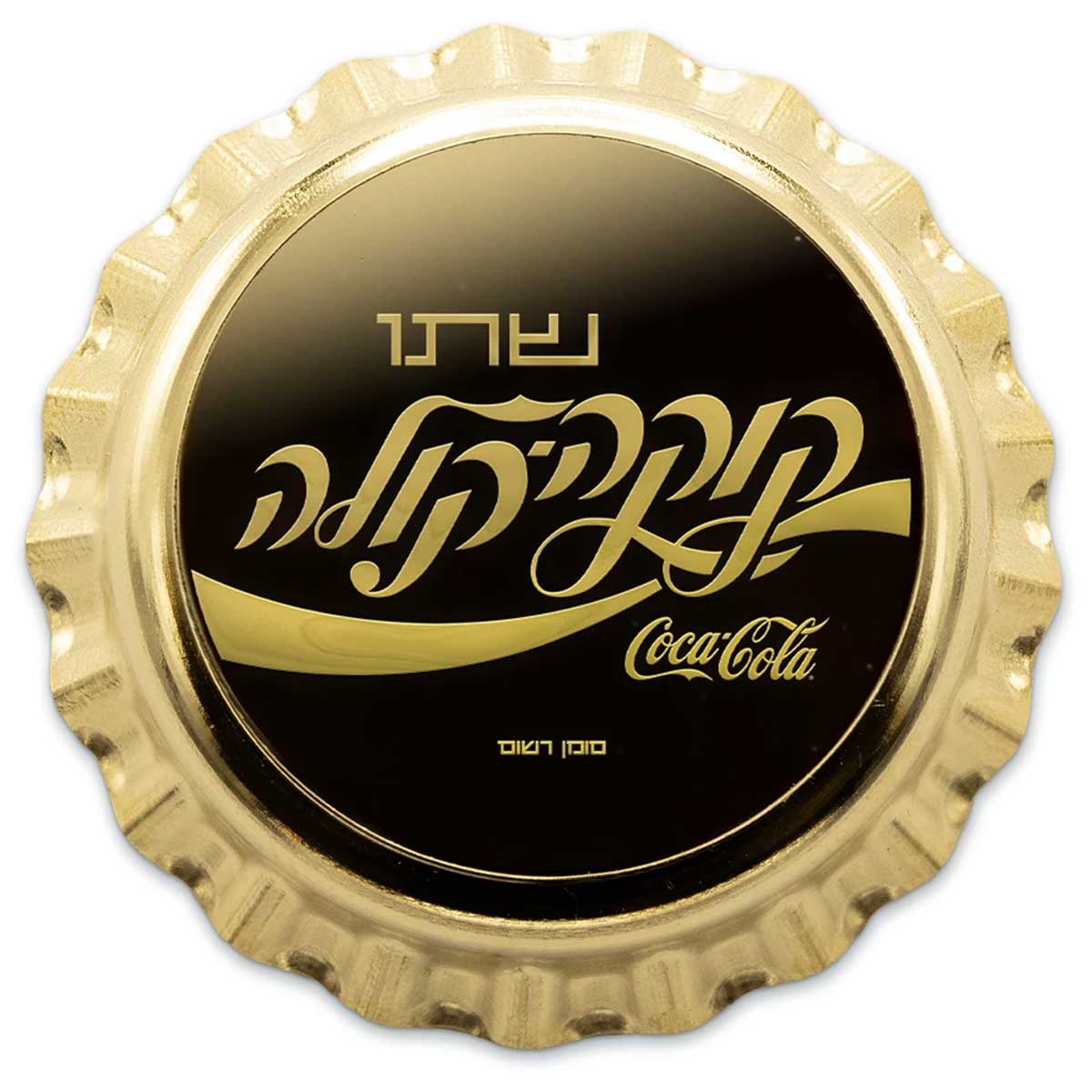

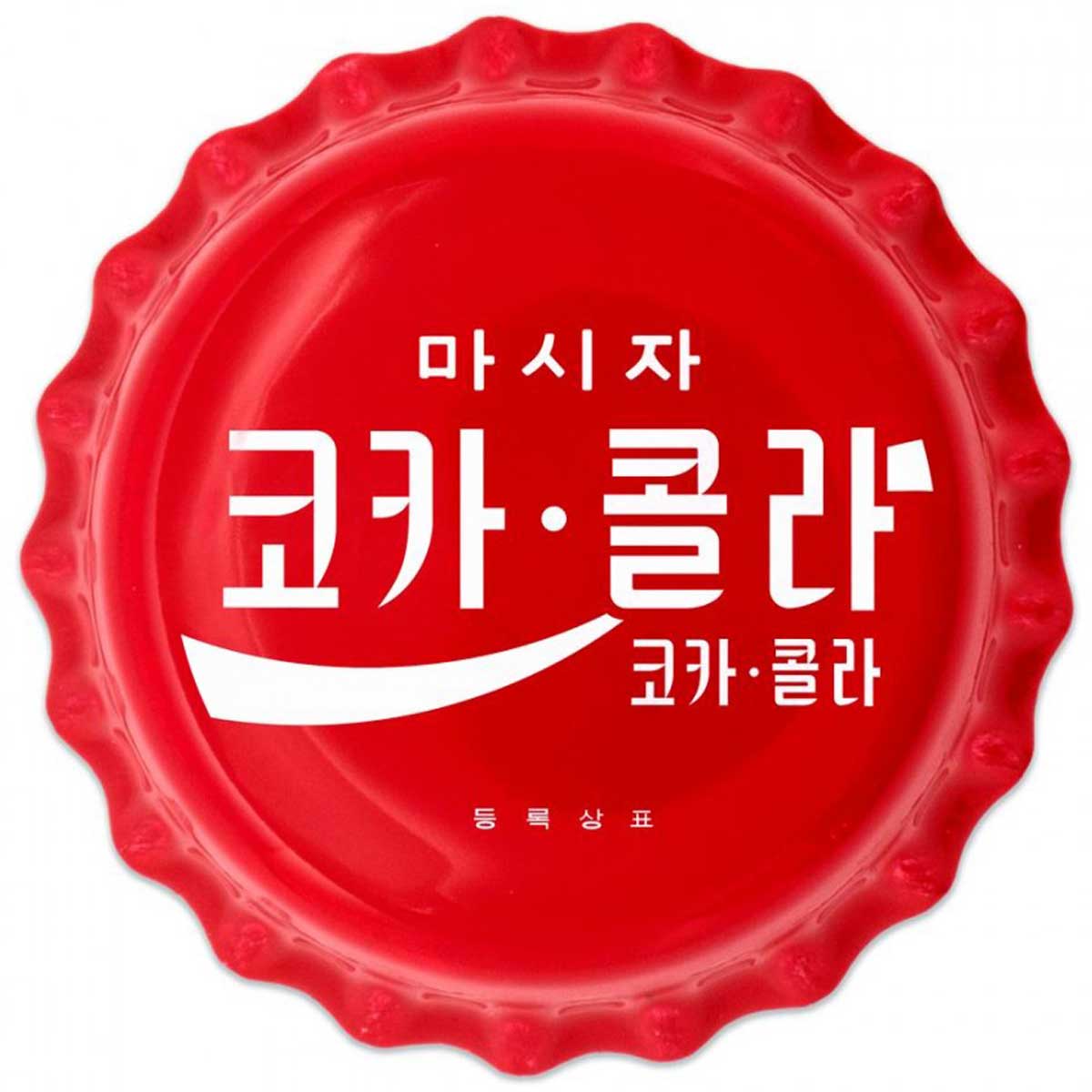
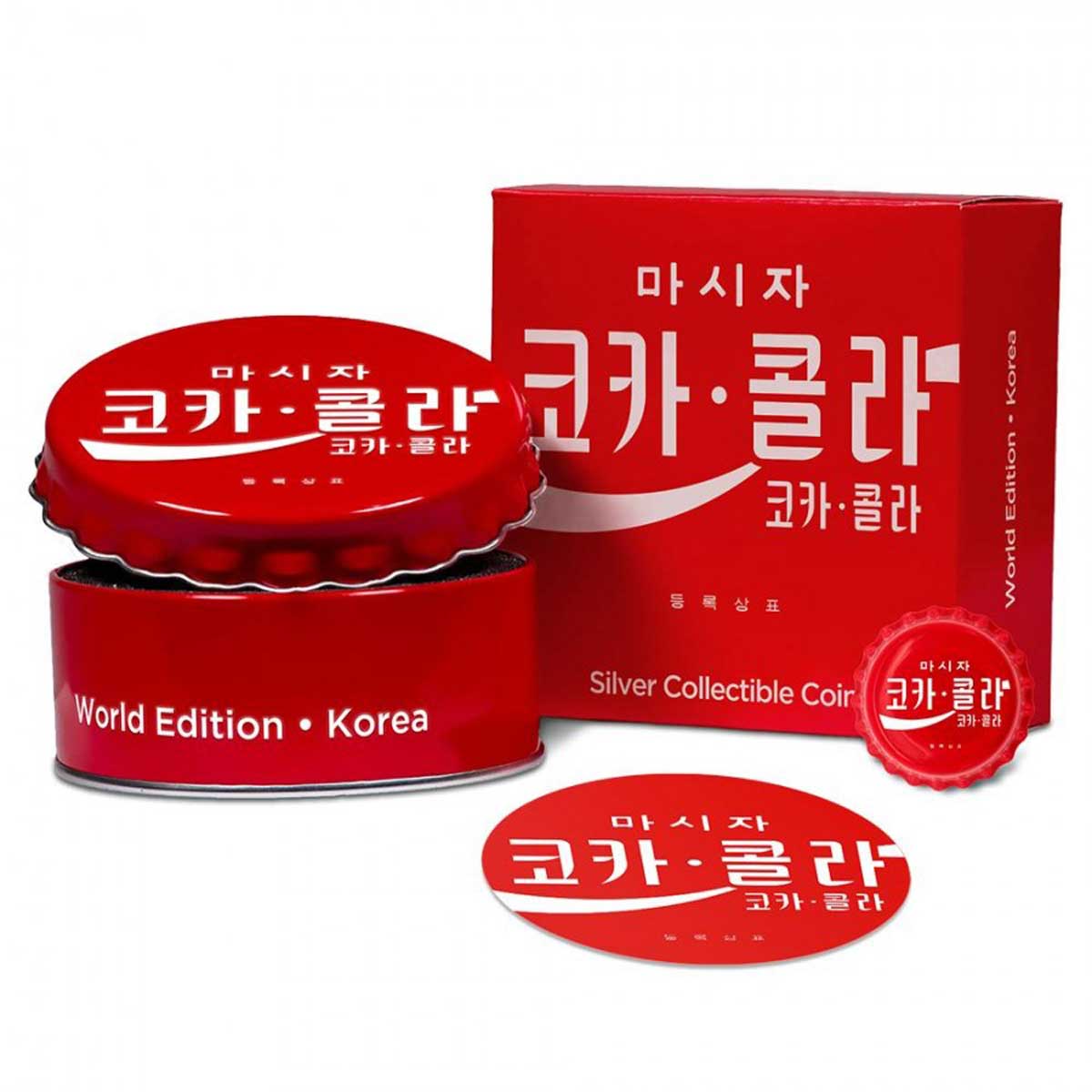



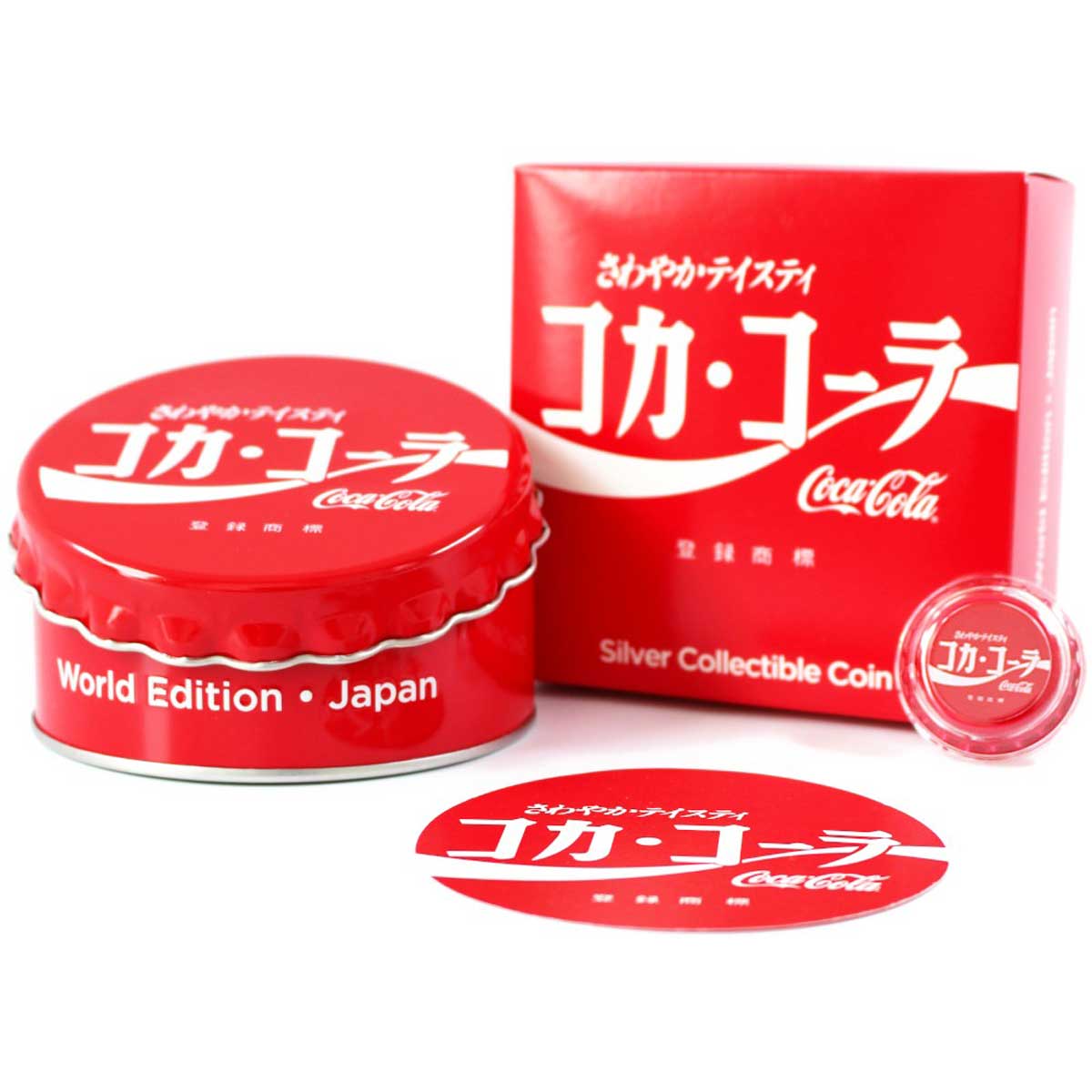



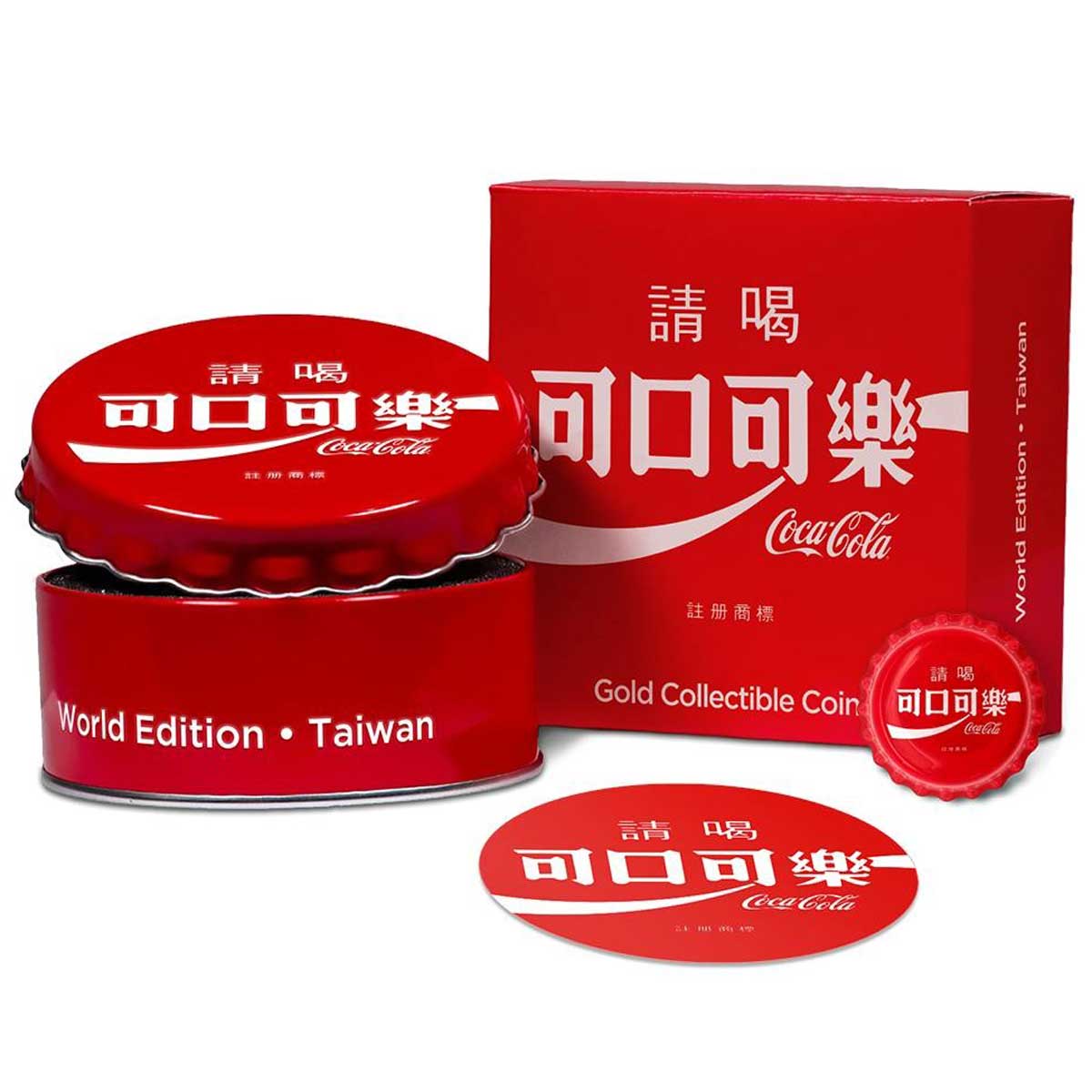
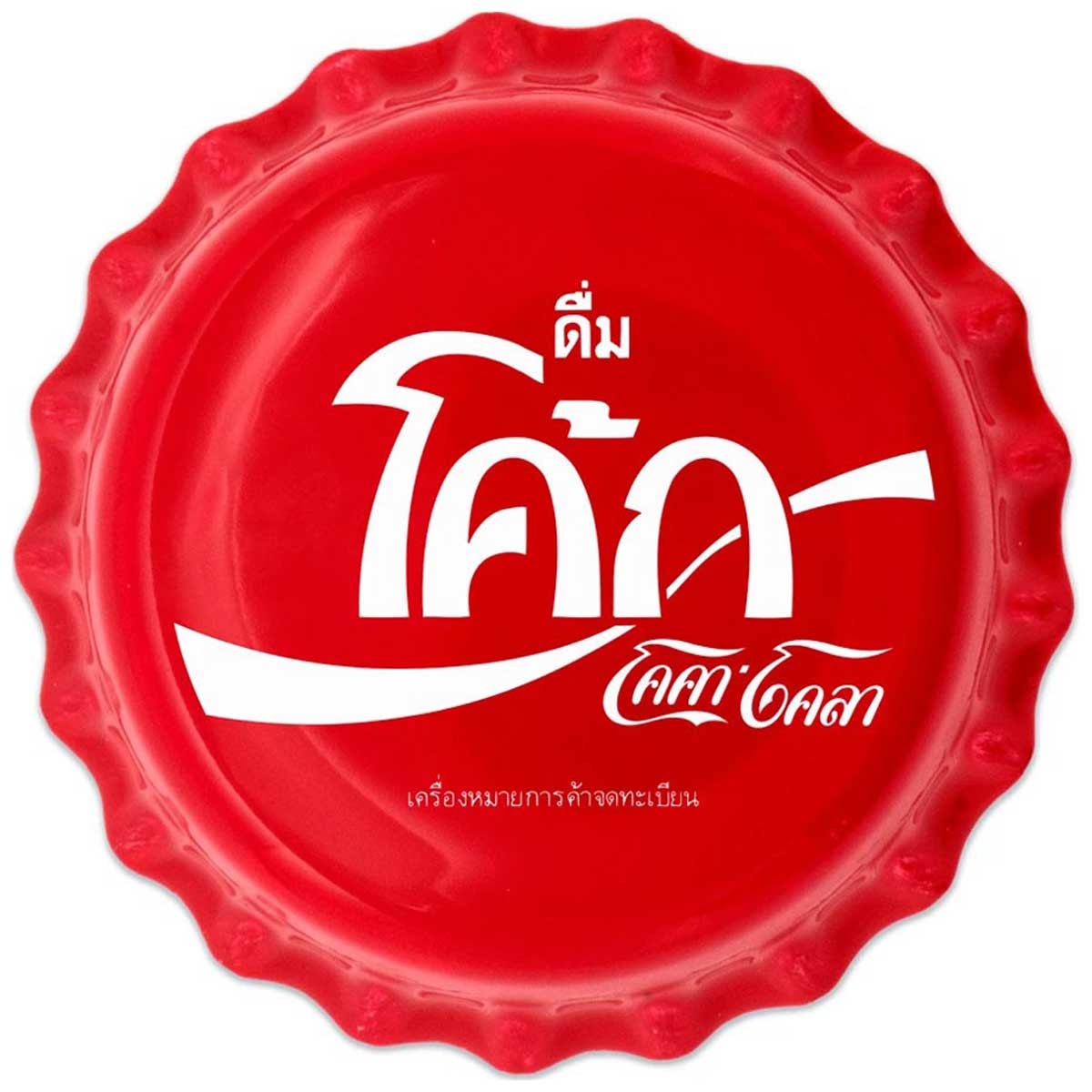


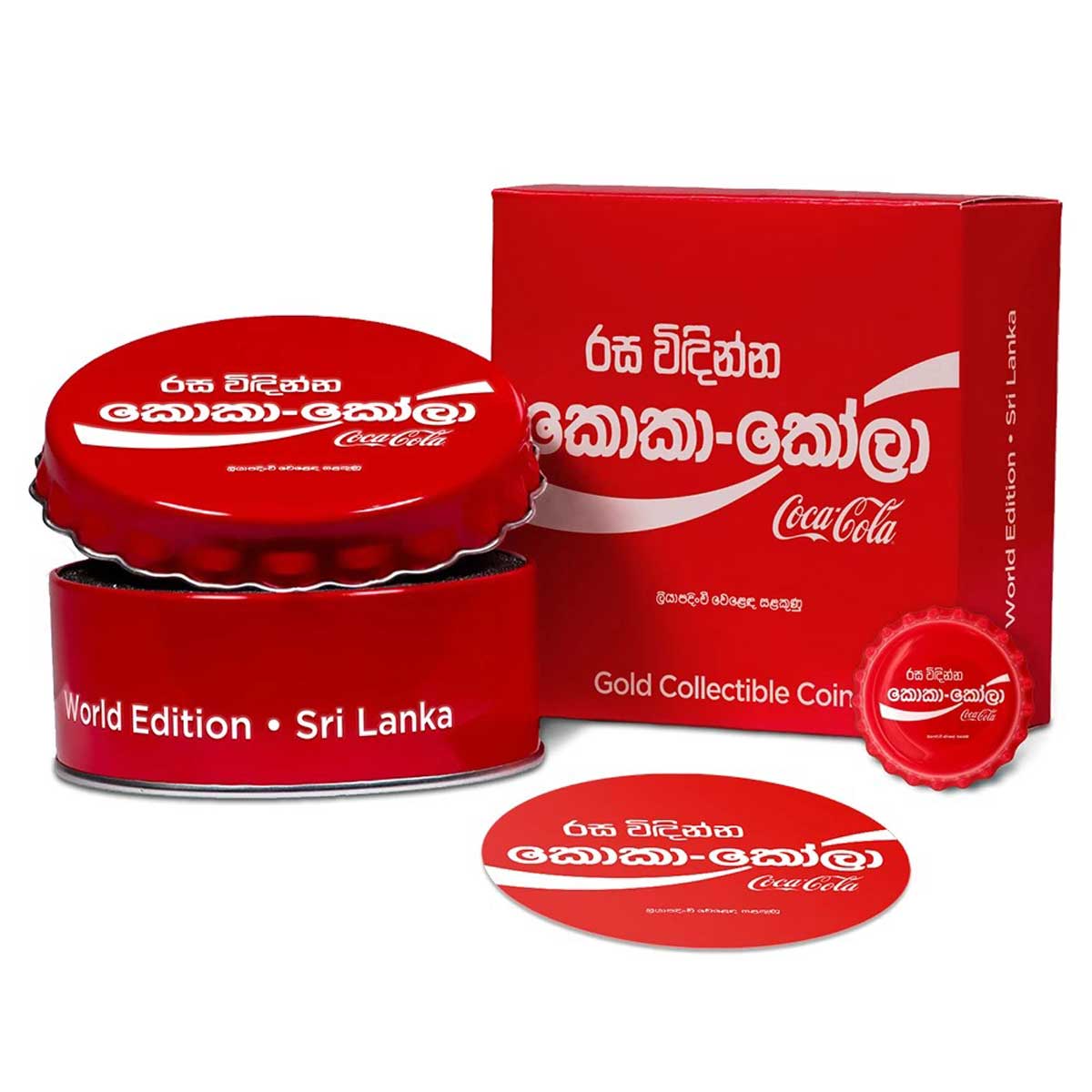
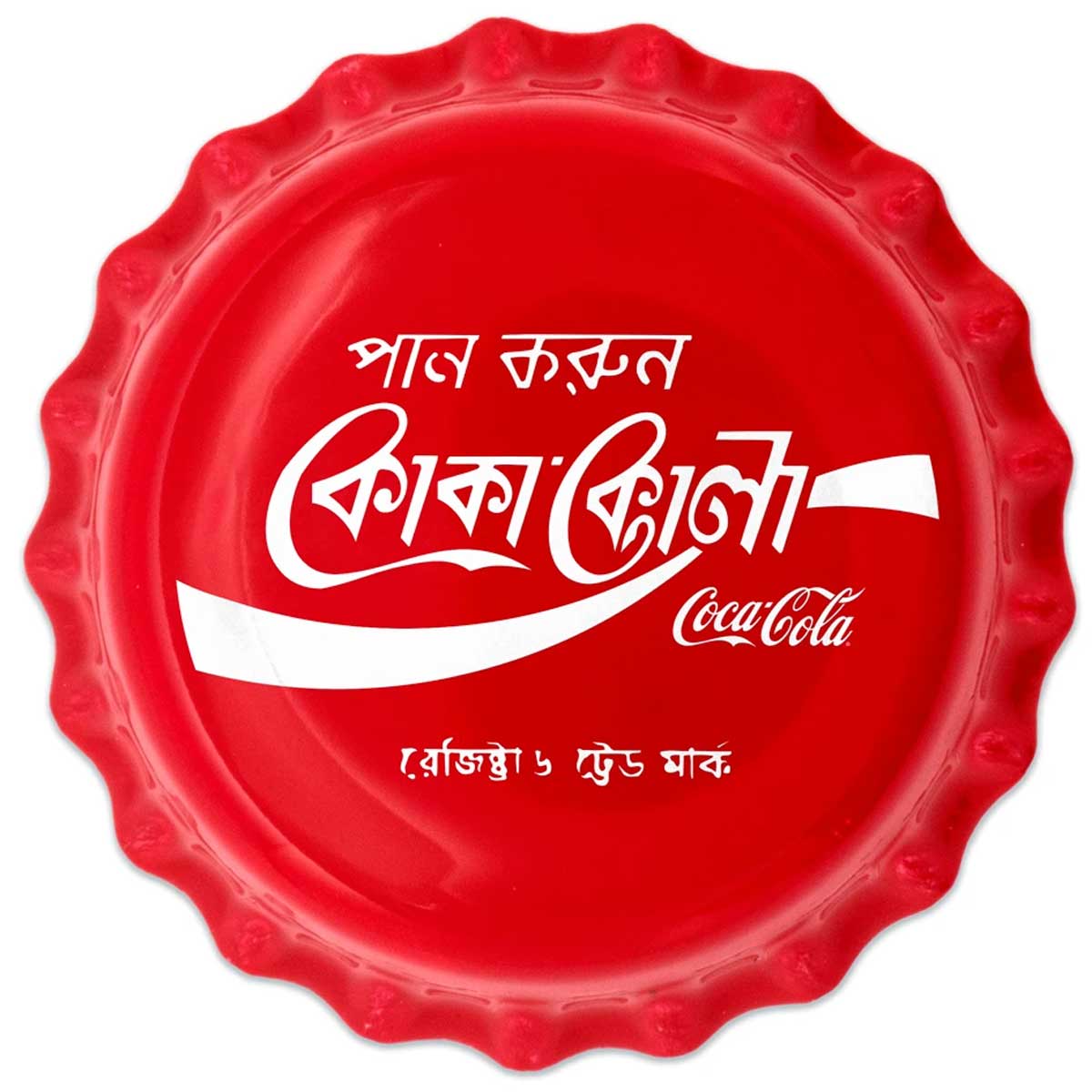
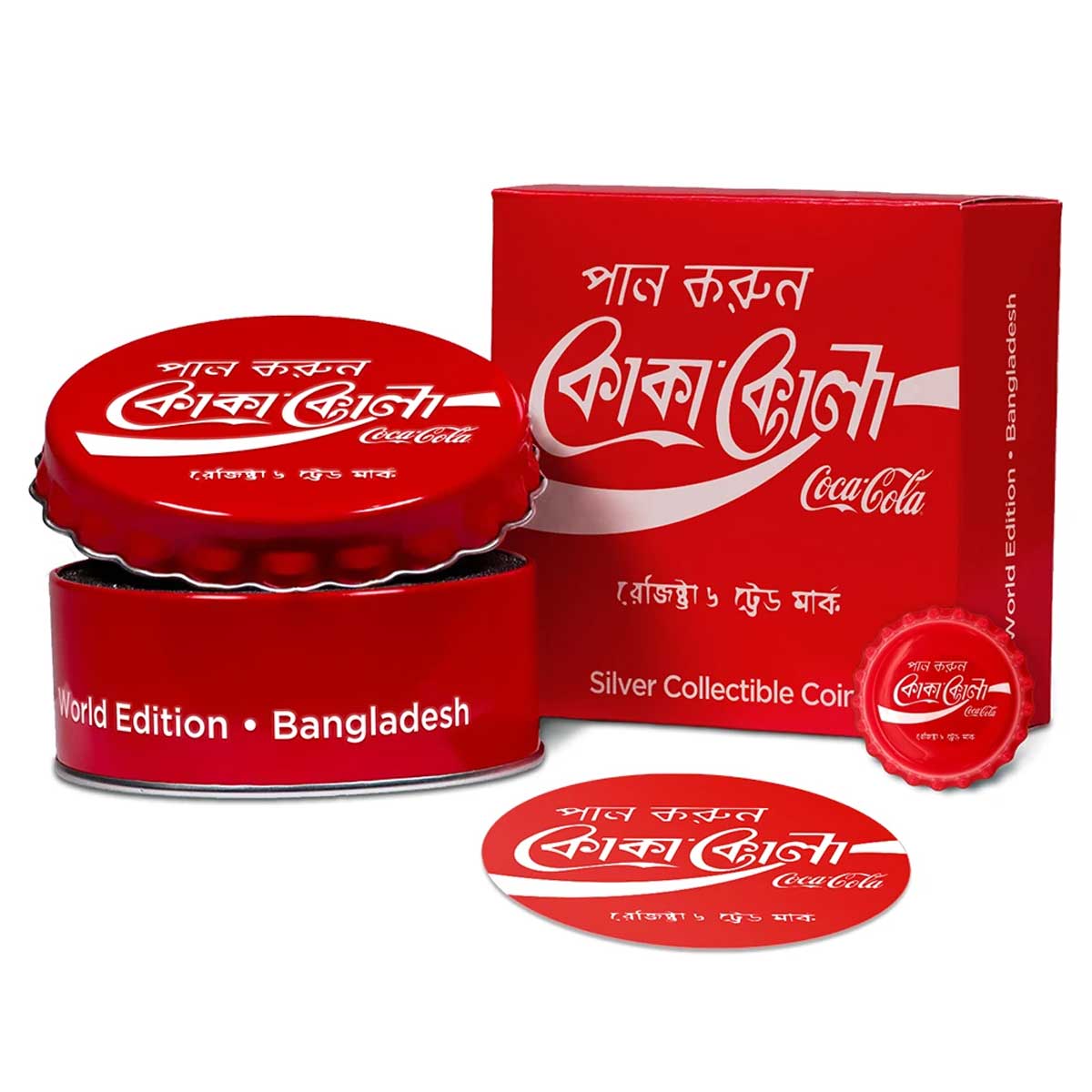
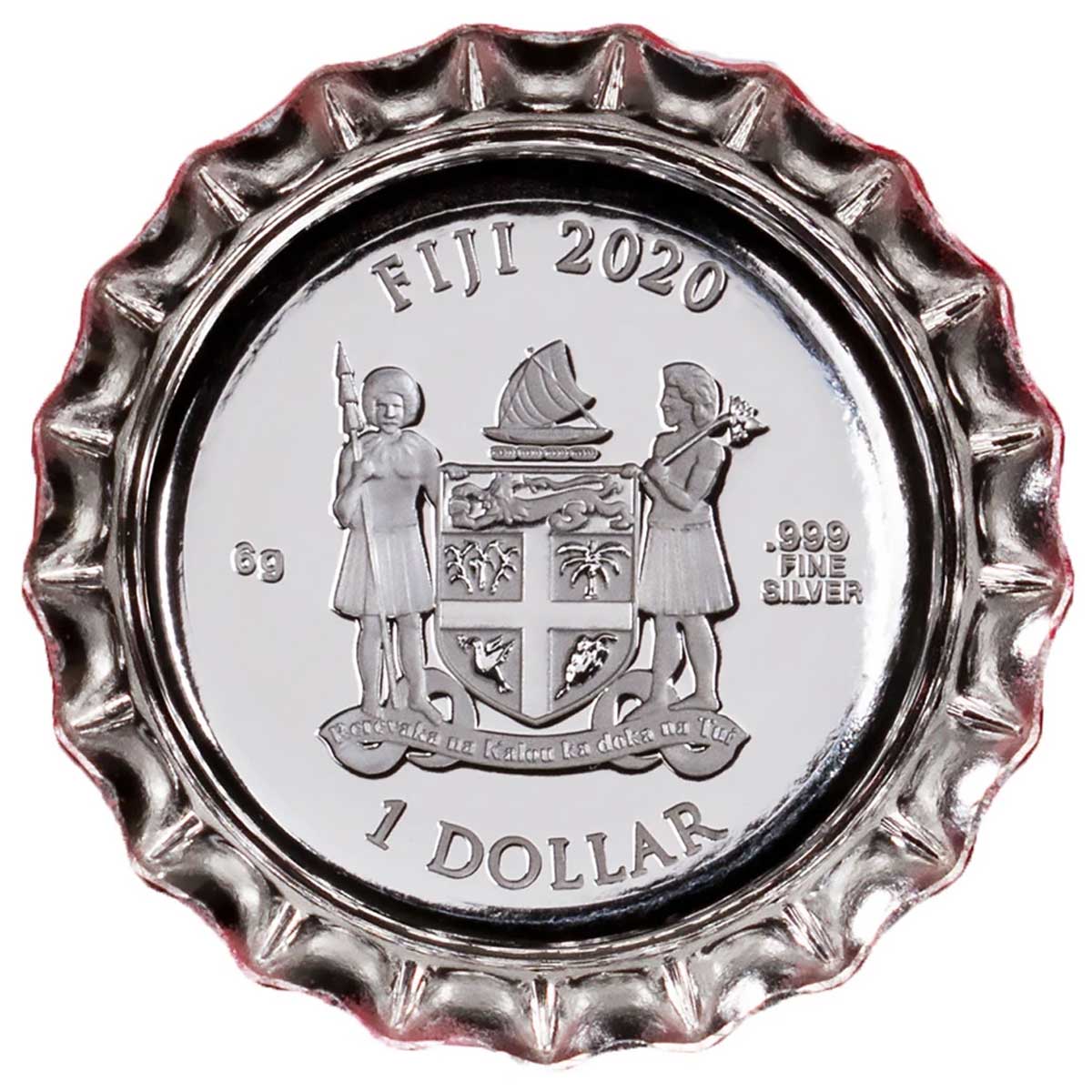

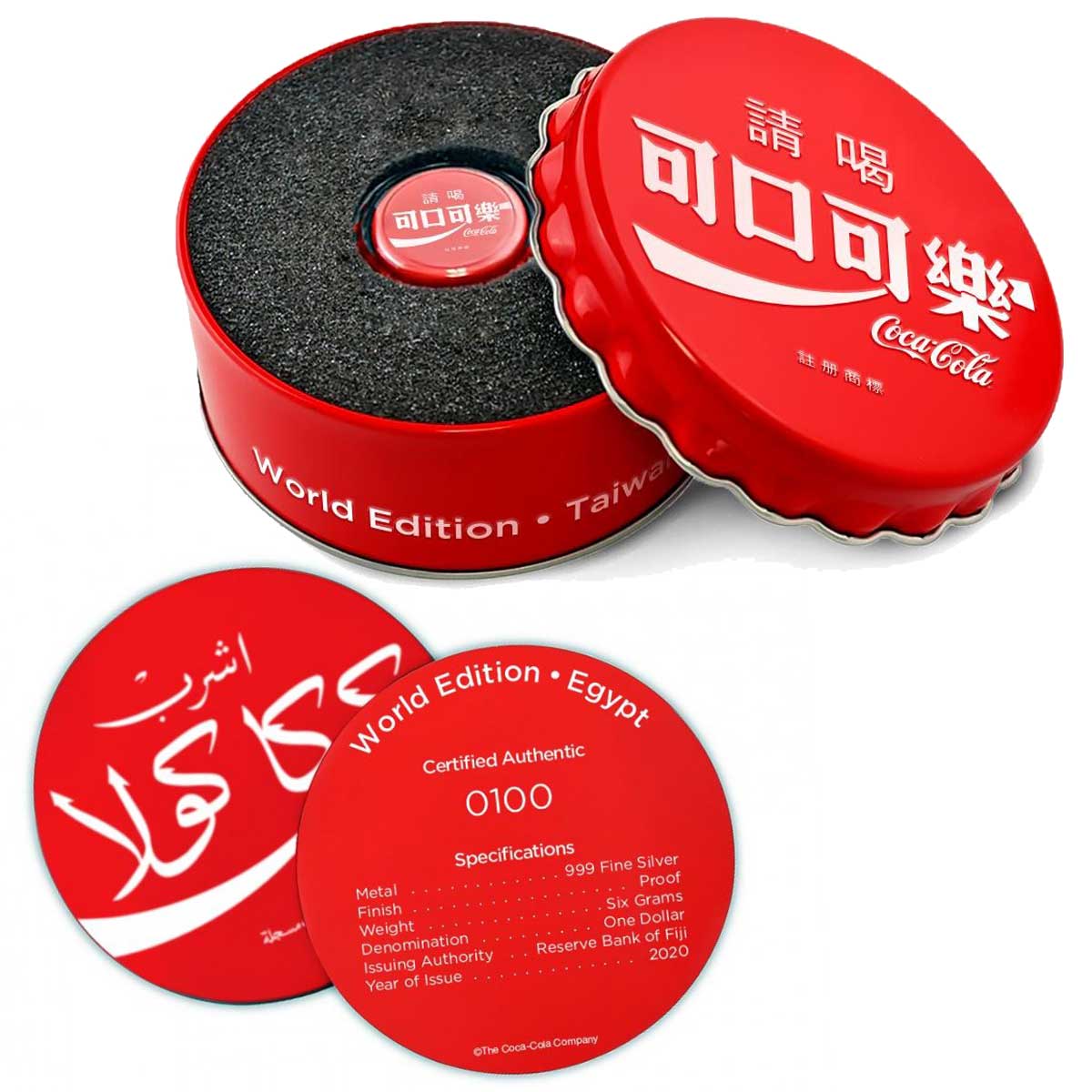
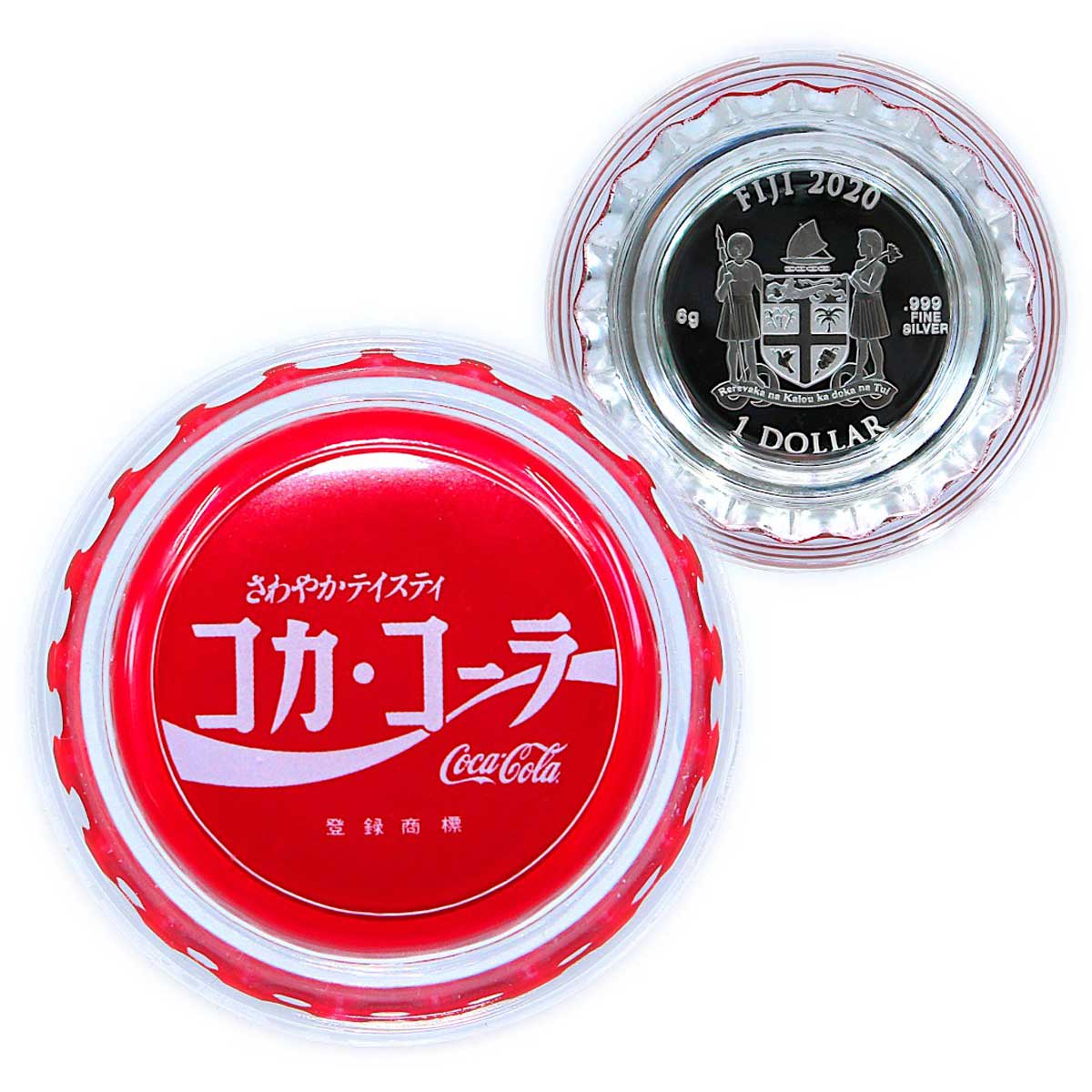
Leave A Comment